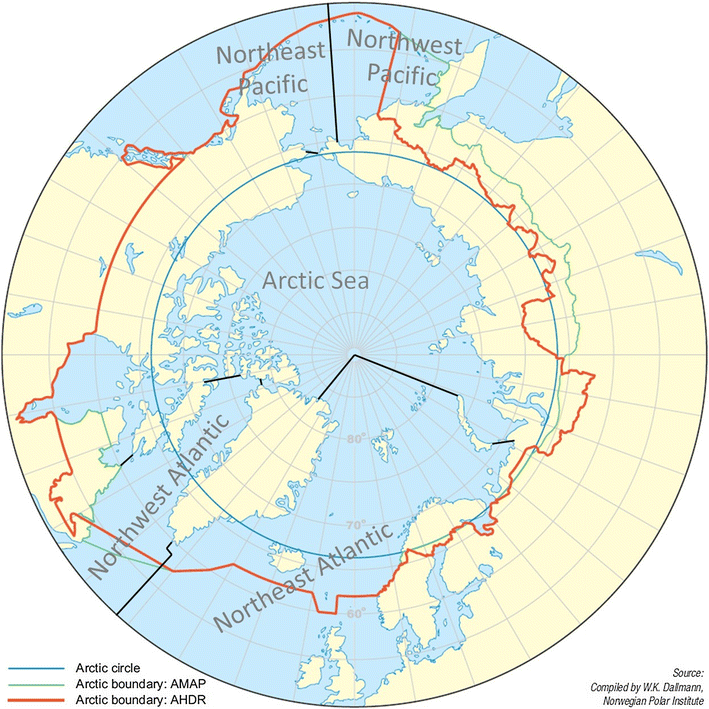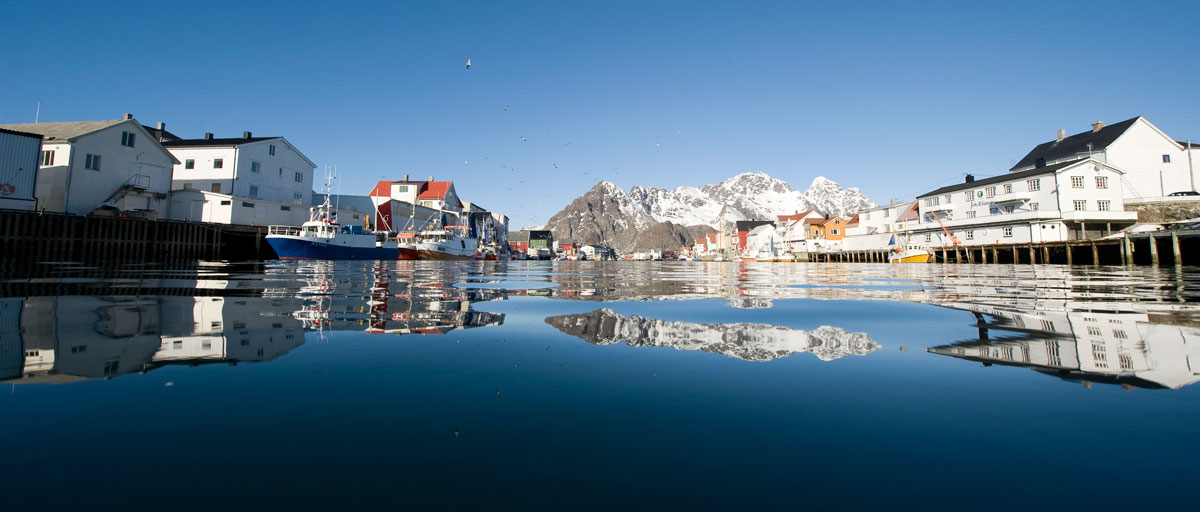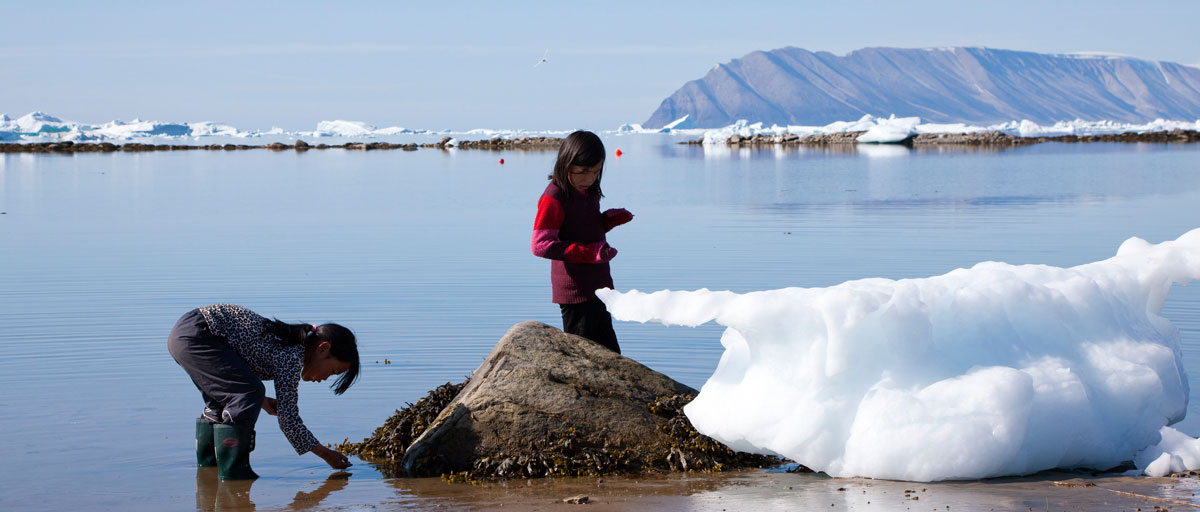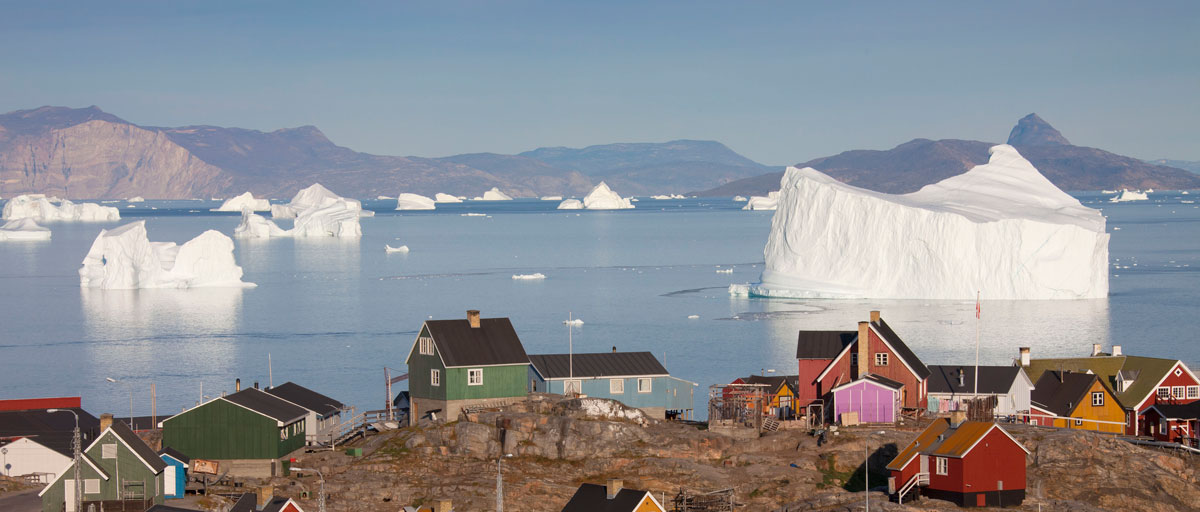Bildtext får vara max två rader text. Hela texten ska högerjusteras om den bara ska innehålla fotobyline! Photo: B. Christensen/Azote
Arctic seafood and climate change
Turbulence ahead
Large-scale changes in Arctic marine food web can be expected within 50 years, some good, but in the long run several critical
- Research on marine food webs in the Arctic reveal that significant changes are to be expected over the next 40-100 years but some will be seen much sooner
- For the Barents Sea cod, which is better equipped to deal with the temperature change, could benefit
- Changing environmental conditions will force the aquaculture industry to adapt to a new reality
Arctic ecosystems are fundamentally threatened by climate change and other impacts of human activities. The variety of effects means that Arctic indigenous people, industries and policies must prepare for surprises. This was also one of the conclusions from the Arctic Resilience Report in 2016, which identified 19 tipping points in natural systems that could radically reshape the Arctic in the coming century.
Research on marine food webs in the Arctic reveals that significant changes are to be expected over the next 40-100 years but some will be seen much sooner.
Good news for the sea cod
In a study recently published in Ambio, centre researchers Max Troell and Anne-Sophie Crépin together with colleagues from Norway have reviewed the current knowledge about climate change impacts on Arctic seafood production.
In the study they looked at both capture fisheries and aquaculture, primarily within the Barents Sea, one of the most productive oceans in the world.

Different areal definitions of the Arctic and FAO major Fishing areas (Source: Young and Einarsson 2004; IPPC 2013)
The study, which is part of an Ambio special issue on the European Union project Arctic Climate Change, Economy and Society (ACCESS), concludes that Arctic fisheries already experience high variability and that climate change will further amplify these. Species targeted in capture fisheries are expected to move into new water and thus change existing species dynamics. This is bad news for many species but the Barents sea cod, which is better equipped to deal with the temperature change, could see happier days.
“It is likely that a moderate warming will improve the conditions for the most important fish stocks in the Arctic, like cod and herring,” says Centre researcher Max Troell.
However, he warns that warming will also contribute to a very different species composition in some ecosystems - including changes at all trophic levels.
This means that today’s relatively robust governance of commercial fisheries, building on quotas and historical rights, must be adjusted accordingly, which might call for renewed fisheries negotiations among states involved in the Arctic fisheries today.
Aquaculture: get ready to adapt
As for aquaculture, there are challenges ahead too. Changes in water temperature, sea level, water current and salinity are some of the drivers most likely to alter today’s aquaculture.
Some of these effects are already being felt by the salmon industry along the Norwegian coast, e.g. temperature influencing growth and likely the occurrence of diseases and parasites. However, diseases such as winter ulcers and cold-water vibriosis may become less frequent, as they are associated with lower temperatures and in addition some parts of the salmon’s immunity system may actually function more effectively at higher temperatures leading to better resistance against some infections.
Amid several uncertainties, Troell and his colleagues conclude that changing environmental conditions will force the aquaculture industry to adapt to a new reality. Moving north may not be so easy as there are limitation both due to licenses currently being geographically restricted, scarcity of available sites with current legislation and technology and also challenges from harsher environmental conditions.
"A multi-stakeholder dialogue could help identify where and how aquaculture operations can move or change their operations to better adapt," the authors conclude.
Troell, M., Eide, A., Isaksen, J. et al. 2017. Seafood from a changing Arctic. Ambio 46 Suppl 3): 368.
Max Troell is a system ecologist mainly working with environmental problems associated with aquaculture. This work focuses on inter-linkages between aquaculture and fisheries, on different spatial scales.
Anne-Sophie Crépin's research looks at the interplay between economic incentives, ecosystem regime shifts, policy and human behaviour.









